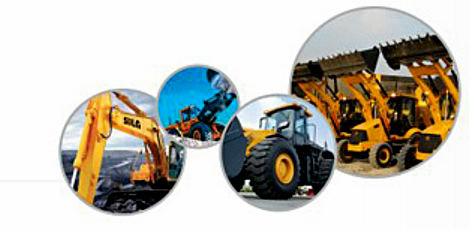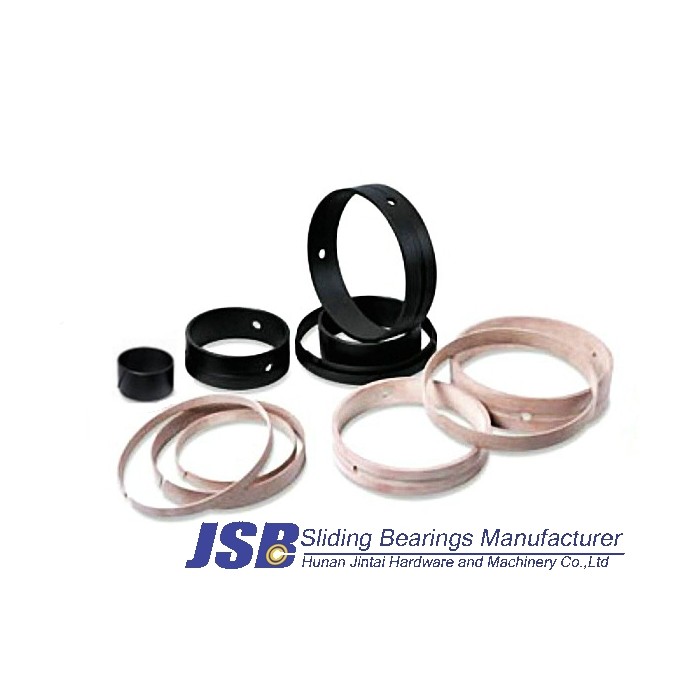COM high-strength phenolic cloth has excellent compressive strength, hardness, heat distortion temperature and excellent impact resistance, self-lubricating and wear-resistant properties.
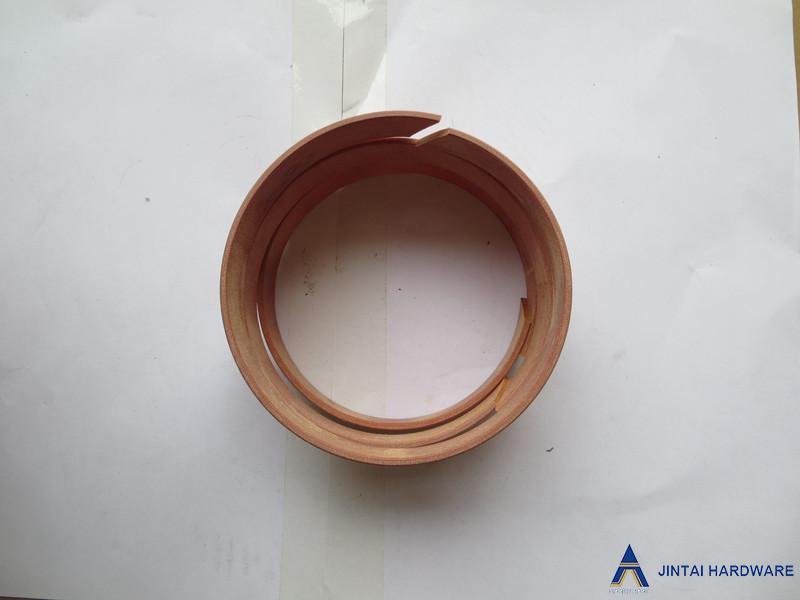
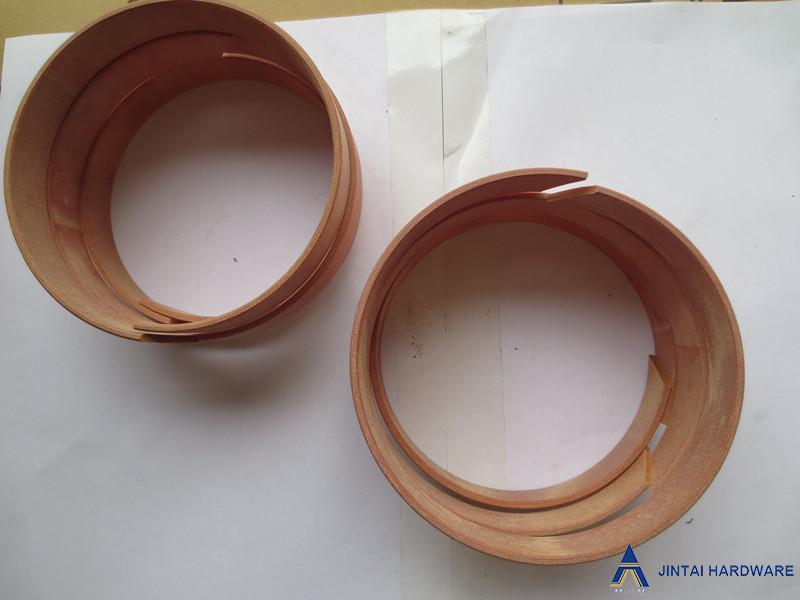
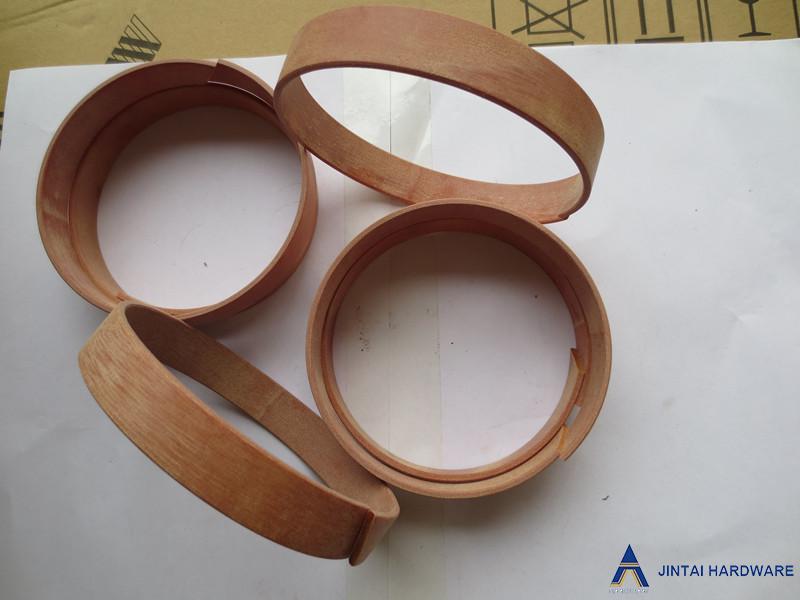
MATERIAL INTRODUCTION
01 COM high-strength cloth-reinforced phenolic resin is based upon the thermosetting phenolic resin with
high-quality cotton fiber or other fibers or fabrics, added with appropriate amount of abrasion-reduction
addictives and finally finished with advanced laminating process.
02 COM high-strength cloth-reinforced phenolic resin, due to reasonable formulation and unique production
process, has excellent mechanical, chemical and physical performance. Compared with the frequently
used engineering plastic POM, nylon and Teflon, COM has excellent compressive strength, hardness,
heat distortion temperature, impact resistance and self-lubricating abrasion resistance.
03 For many years, COM high-strength cloth-reinforced phenolic resin have been used in the production
of guide rings, support rings as well as various machinery pad and components such as bushings, thrust
plates, bearings for the cylinders of engineering machineries. Thanks to the excellent product
performance, this product has received lots of compliments from the users.
MATERIAL PROPERTIES
01 Outstanding compatibility
Since COM's molecular amount is mainly constituted by hydrocarbon chain molecules, which is similar
to the molecular structure of mineral. Therefore, COM has special lipophilicity and compatibility. Even
under conditions where the lubricating requirement is strict, such as frequent on-and-off, intermittent
movement, swinging movement, etc., where the lubricating oil film is difficult to form, COM can utilize
the small amount of grease to the maximum extend. Therefore, the maintenance interval and service
hours are greatly prolonged.
02 High temperature resistance
Compared with the frequently used engineering plastics, COM has high heat chemical stability and
heat mechanical stability. Normally the long- time working temperature of frequently used engineering
plastics is approx.80 -90 ℃ while COM's can be as high as 160 - 180 ℃ , which extends the application scope.
03 Excellent abrasion resistance
Compared with bronze, COM's hardness is lower and has excellent abrasion resistance. Therefore, the
engagement is easier and COM will not scratch the shafts. Used to make precision bearings, COM can
eliminate the complicated shaft-grinding process. Besides, the realistic contact area between the sliding
pairs is increased, which means a reduction of actual loads and wear.
04 High load capacity
Compared with the commonly used engineering plastics, COM has high mechanical strength. For instance,
the compressive strength of the former is approx .2-4 times greater than the latter, showing high load
capacity. Compared with bronze, the specific gravity of COM is 1/4 of the latter, showing high specific
strength.
05 Appropriate elasticity
COM is a material with elasticity. Compared with bronze and cast iron, COM is easy to assemble and has
vibration and noise absorbing functions, which can reduce the impact to the parts during the movement
and postpone the mechanical damages. Compared with normal engineering plastics, the plastic
deformation of COM, which impairs the supporting functions, is not likely to occur.
06 Excellent dimensional stability
Compared with the frequently used engineering plastic, COM's linear expansion coefficient is lower,
being 1/2 of them. Compared with nylon, COM's water absorption is lower. Therefore, for machinery
parts with high requirements on the precision of dimensions such as bearings, it is easier to control
the interference and fit clearance of COM products.
07 Excellent hydrophilic feature
COM containing special addictives has excellent hydrophilic features, able to work safely for a long time
under water-cooling or in water, where oil is completely absent, making the complicated sealed lubricating
device unnecessary.
TYPICAL APPLICATION
COM high-strength cloth-reinforced phenolic resin is suitable to make wearing parts for various machineries, such as bearings, bushings, thrust plates, guiding rails, guide rings, support rings, etc., where its unique features are shown. It is applied to the mechanical fields such as engineering machineries, mining machineries, petrochemical machineries, agricultural machineries aswell as engineering machineries for railways,bridges and water conservations.
